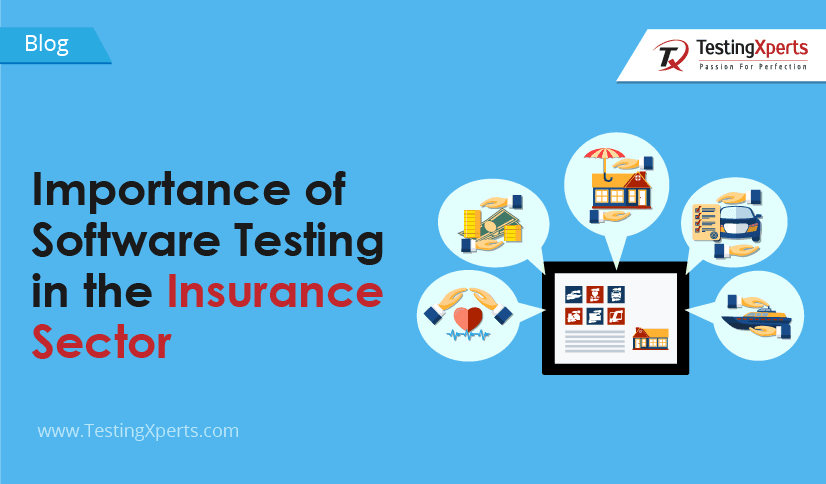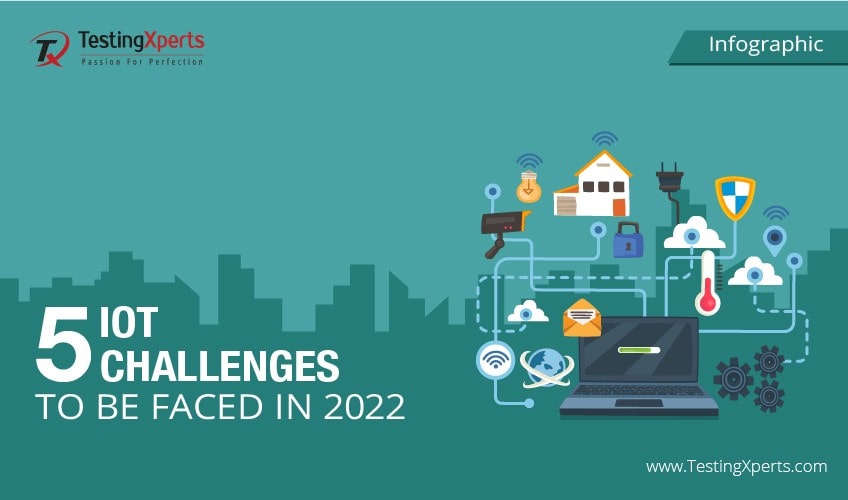
Contents
1. Digital Trends Affecting Insurance Industry
2. Importance of Software Testing In Insurance Sector
Global insurers are hugely investing in the latest technologies to reduce costs and improve customer retention. Digital transformation has become the most disruptive factor in the industry, making it important for companies to embrace eBusiness strategies and increase their online presence to mobile and web platforms. These strategies include building digital offerings and business models, digitizing the customer experience, and enhancing in-house capabilities.
What are the benefits of insurance applications?
Helps in hassle-free claiming:
The intro of insurance applications has improved the way of claiming. This has effectively reduced the effort of the insured individual and the workload of the insurance employees. Insurance applicants are able to upload the required documents and images as proof to claim their insurance. And, this is helping the insurance employees to track every piece of information and verify whether the claim is for an appropriate reason or not. As the information is already recorded, there will not be much scope of losing any data.
Helps the work of Sales Agents:
There is no need for the insurance teams or the agents to stay connected with the offices. With the advanced insurance applications, they are able to complete their work even while waiting for their clients or traveling. This will effectively help them to manage their potential customers and gain quick access to their salesforce automation.
Helps insurance agents to enhance their knowledge:
The smart devices are helping many people across the globe to learn and get trained at lesser time. And, this is effectively helping the insurance agents as they are able to read conveniently depending on the area of interest even during their commute or during their free time.
Helps to create quotes:
With the help of insurance apps, it is very easy for an insurance agent to generate instant quotes for their clients. This helps to lead the competition and generate more customer interaction.
Insurers have been facing several challenges in meeting the changing behavior of customers and their outlook in terms of products and services. However, the main challenge is to adapt the legacy IT systems and architectures to the needs of digital business models. This challenge requires new front-end architecture to simulate the customer experience of digital natives. It also demands a major overhaul of the main insurance systems to automate decision making and digitize customer journeys in basic functions such as claims handling and underwriting.
Digital Trends Affecting Insurance Industry
The key factors affecting IT architectures are the Internet of Things, big data, social media and mobile technology, cloud computing, advanced analytics and much more.
Internet of Things:
Connected physical devices allow insurers to interact with users on their respective insured products.
Big Data:
Deep insight into customer behavior can be built with the help of internal and external Big Data sets.
Social Media and Mobile Technology:
Always activated mobile devices allow context-aware tailored interaction models.
Cloud Computing:
Helps in providing unique software and highly scalable computing power.
The right blend of these digital developments can affect the entire IT landscape, leading various insurers to go beyond digital channel functionality and embark on an integrated overhaul of the IT landscape.
Importance of Software Testing In Insurance Sector
Insurance companies maintain an IT infrastructure to support all their business strategies by investing a considerable amount of money. However, after putting in so much cost and effort, they cannot ensure the robustness of their software. To avoid any glitches in the business and to realize a return on investment, software testing is crucial.
Effective testing helps in driving user adoption of business applications. However, for the insurance industry, newer technologies and complexity of the systems can pose a mighty challenge in testing efforts. In order to effectively test insurance applications, you need specialist test professionals with an efficient understanding of the insurance industry.
What are the benefits of testing insurance applications?
Increases Durability:
With the practice of test automation, testing tasks are enhanced as every bug and test case are upgraded immediately. Also, this helps in increasing the flexibility of the application as it is processed with the latest testing protocols and the latest security measures. This effectively results in a powerful framework having a longer span and boosts profit for their enterprises.
Improves Consistency:
With a consistent automation framework, the app is tested against various pressures and different scenarios, this will assure that the functioning of the app is constant in any scenario. Also, the method of automation framework will effectively decrease the manual efforts and result in less errors.
Enhances Reusability:
The methodology of test automation helps in increasing the productivity of the enterprise. With the feature of reusability, the framework assures in upgrading the market needs and as well minimizes the cost requirements and justifies the usage of testing tools.
What are the challenges in testing insurance software?
Challenge in Information Interfaces:
While testing the insurance software, it is important to verify that the information is saved and made a copy to the front, middle, and back-office operations and databases. Also, it should be ensured that they are saved without any errors. Since transferring data or information via APIs is always a hurdle, it will be a challenge as standard APIs can also be implemented.
Challenge in checking the Lengthy Documents:
Most of the software applications have a large amount of information in paper and these may be of many papers. Therefore, while planning for automated data verification testing, it is important to understand whether this is a real need for the application.
Challenge with a change in number:
Insurance is completely about money and deals with real numbers. A small change in the digit can make a lot of difference to the result. And, every new release of software may include a lot of differences in the percent or interest of the provision fee. Hence, it becomes important to check every calculation and data. And, this may be challenging when the scenario is with multiple currencies.
Challenge to perform software update:
When planning for a software update, regression testing is always a challenge as the workflows are split into pieces and each part may collide with each other and cause hurdles. Therefore, before planning for functional testing followed by regression testing, it is important to have a clear understanding of the business and know how each user story relates to one another.
[NEW BLOG] Importance of #Software #Testing in the #Insurance Sectorhttps://t.co/pykOCxA2ot
— TestingXperts (@TestingXperts) February 13, 2017
TestingXperts provides comprehensive testing services for health, property, and life insurers across the complete testing lifecycle. Our specialized testing services such as Performance, Test Automation, Cloud, Mobile Testing Services and our Insurance Testing Center of Excellence help in building an actionable roadmap with recommendations based on industry-best practices.
Our Test Automation framework Tx-Automate will help improve productivity, increase predictability, reduce testing cycle time, and lower costs and at the same time, an effective RoI for Test Automation can be realized across multiple devices, environments, and channels. Our Testing Center of Excellence uses a customized approach to provide testing and quality assurance services. We offer a comprehensive and scalable testing model to help you build a roadmap, overall vision, and structure for your business.
Discover more
Get in Touch
Stay Updated
Subscribe for more info




